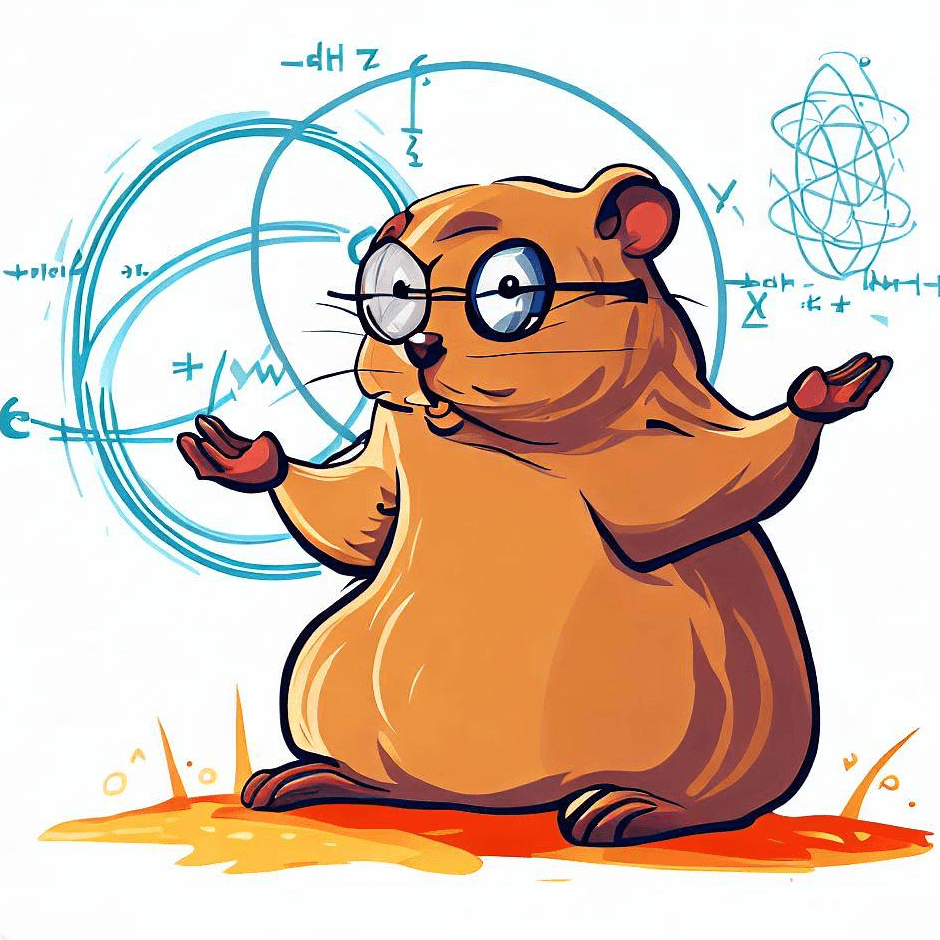
Can you explain the concept of quantum superposition?
Certainly! Quantum superposition is one of the fascinating concepts in quantum mechanics that challenges our intuitive understanding of reality. In simple terms, it refers to the ability of quantum systems, such as particles or atoms, to exist in multiple states simultaneously.
To understand quantum superposition, let's consider the famous thought experiment of Schrödinger's cat. Imagine there's a cat in a sealed box with a vial of poison. According to quantum mechanics, until we open the box and observe the cat, it exists in a superposition of states. It is simultaneously both alive and dead, existing in a strange limbo of possibilities.
In the quantum world, particles can exist in a similar superposition of states. For example, an electron can be in a superposition of spinning both clockwise and counterclockwise at the same time. Until the electron is measured or observed, it doesn't have a definite state but rather exists in a combination of probabilities.
The mathematical representation of superposition uses a wave function. This wave function describes all the possible states a quantum system can be in and their respective probabilities. So, instead of having a specific value or position, a particle in superposition is described by a wave function that encompasses all the possibilities.
Superposition becomes even more intriguing when two or more quantum systems become entangled. When entangled, their superposed states become correlated. This means that the states of the individual systems are intertwined, and measuring one system instantly affects the state of the other, no matter how far apart they are. This phenomenon is the essence of quantum entanglement.
Quantum superposition is not just a theoretical concept; it has been experimentally demonstrated in numerous experiments. For instance, the famous double-slit experiment shows that particles can exist in a superposition of being both a particle and a wave until they are observed or measured.
Superposition lies at the heart of quantum technologies like quantum computing and quantum cryptography, offering the potential for exponentially more powerful calculations and secure communications. However, harnessing and manipulating quantum superposition is a complex task that requires careful control and understanding of quantum systems.
In summary, quantum superposition is the remarkable property of quantum systems to exist in multiple states simultaneously. It challenges our classical understanding of definite states and opens up a world of possibilities in quantum mechanics and technology.
- Can you explain more about the double-slit experiment?
- How is quantum superposition different from classical superposition?
- What are some practical applications of quantum superposition?
- Are there any limitations or challenges associated with quantum superposition?
- Can you provide more examples of quantum systems in superposition?
- What are some current areas of research related to quantum superposition?
- I have a different question unrelated to quantum superposition.